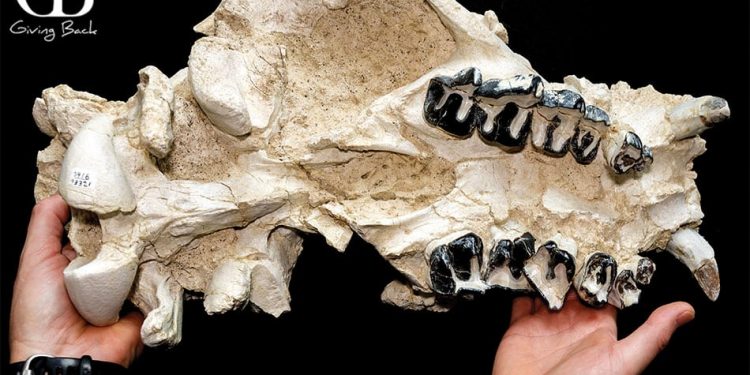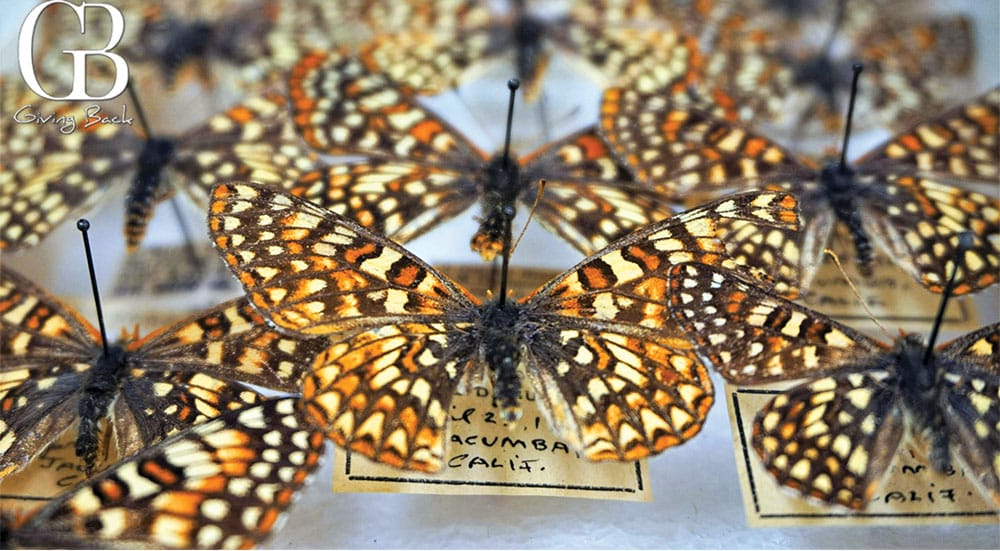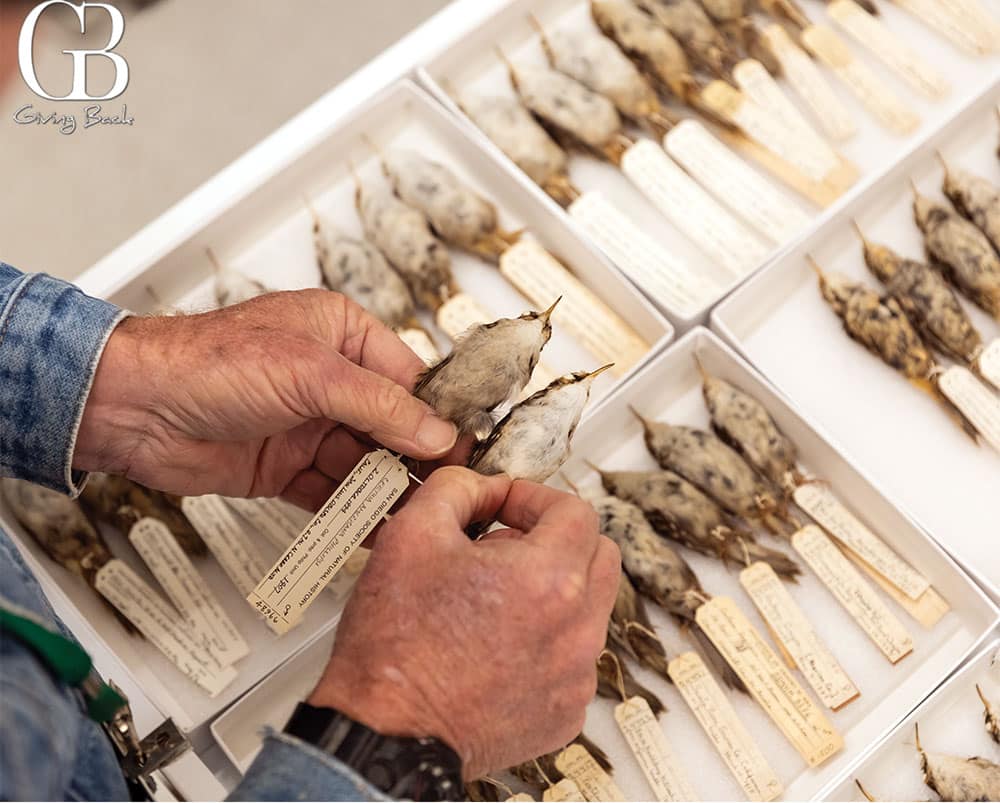Why Do Museums Collect So Much Stuff?

When it comes to nature, San Diego County is a special place. It has canyons and mountains, coastal cliffs and chapparal, deserts and rivers – and each of these habitats is full of life. Despite the millions of people living here, we have more unique animal and plant species than any other county in the contiguous United States.
To better understand and protect this amazing place we all call home- as well as our neighbor in nature, the Baja California Peninsula in Mexico- scientists at The Nat have been growing and revisiting their natural history collection for nearly 150 years. Like a library for biodiversity, this repository of specimens supports the work of their researchers as well as the needs of visiting scholars, government agencies, schools, and conservation organizations alike.
Natural history collections are an especially useful tool because each specimen is real, tangible evidence of the time and place it came from – unlike a written note or photograph. A single specimen contains far more than a single data point, so researchers can return to each one, year after year, with new questions and new techniques – and still find new answers.
The Nat’s collection of more than eight million specimens, spans 1.9 billion years and represents hundreds of thousands of species from around the world. Its strength, however, lies in its emphasis on our local region. As the oldest natural history collection in the Southwest, it is an invaluable and irreplaceable resource for understanding the past, present, and future of the Californias.
Much of The Nat’s collection is housed behind the scenes, but thousands of their specimens are on display too. Their exhibition Unshelved: Cool Stuff from Storage lets the beauty of nature speak for itself with specimens of all shapes, sizes, textures and colors. Extraordinary Ideas from Ordinary People: A History of Citizen Science features rare books and artifacts from their Research Library. A fan favorite, Fossil Mysteries, consists almost entirely of fossils found in southern California, while Expedition Baja highlights specimens from the Baja Peninsula. Finally, the Nat’s Nature to You Loan Library features retired specimens and taxidermy displays available for members of the public to rent.
They say that a picture tells a thousand words. The Nat’s collections prove that specimens tell thousands more, and inspire countless questions along the way.
www.sdnat.org/science/collections









